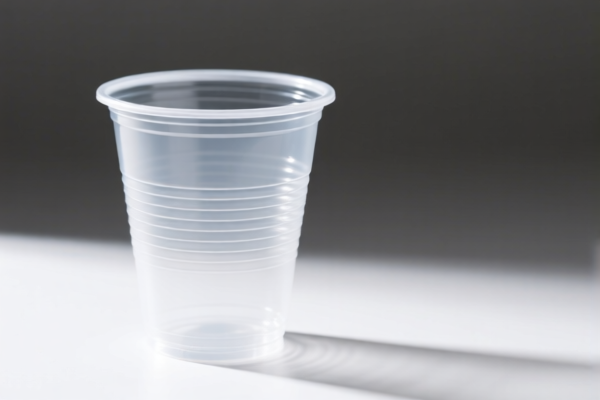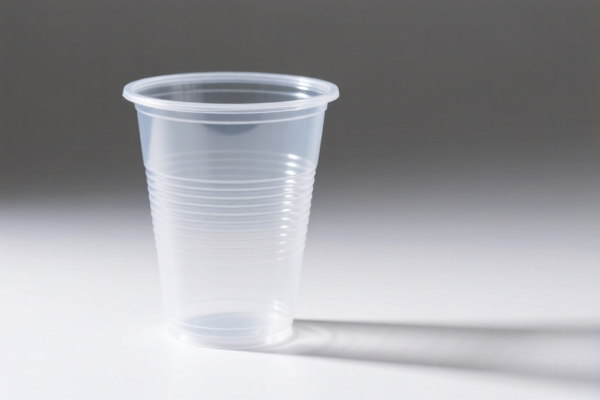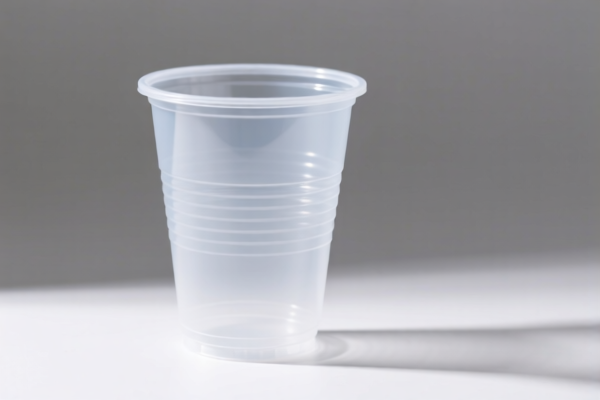| HS Code | Official Doc | Tariff Rate | Origin | Destination | Effective Date |
|---|---|---|---|---|---|
| 841300 | Doc | Error | CN | US | 2025-05-12 |
| 3923900080 | Doc | 58.0% | CN | US | 2025-05-12 |




Okay, let's break down the classification and potential duties for your declared item "PLASTIC PUMP" based on the HS codes provided. It appears you have two potential classifications, and we'll analyze both.
Analysis of HS Codes for "PLASTIC PUMP"
Here's a detailed look at each HS code, its meaning, and implications:
1. HS Code: 8413.00 - Pumps, compressors, lifting jacks and jacks
- Chapter 84: Nuclear reactors, boilers, machinery and mechanical appliances; parts thereof. This chapter covers a wide range of mechanical devices.
- 8413: Specifically focuses on pumps, compressors, lifting jacks and jacks.
-
8413.00: This is a general subheading within pumps, compressors, lifting jacks and jacks. It means the code doesn't specify a type of pump, compressor, jack, etc.
- Implications: This code is suitable if your plastic pump functions as a mechanical device for moving fluids or gases. It suggests a more substantial, engineered pump rather than a simple plastic component.
- Duty Information: The tax detail indicates "Failed to retrieve tax information" and "Error" for total tax. This means we cannot determine the exact duty rate without further information. You'll need to consult the latest tariff schedule for your importing country (beyond just the base and additional tariffs shown) to get the precise rate.
- Further Checks:
- Pump Type: What type of pump is it (e.g., centrifugal, diaphragm, peristaltic)? More specific codes within 8413 might apply.
- Material Composition: While it's a "plastic pump," what kind of plastic? Some plastics may have different duty rates.
- Function: Is it self-priming? What is the flow rate and pressure?
2. HS Code: 3923.90.00.80 - Articles for the conveyance or packing of goods, of plastics; stoppers, lids, caps and other closures, of plastics: Other Other
- Chapter 39: Plastics and articles thereof. This chapter covers products made from plastic.
- 3923: Specifically covers articles for the conveyance or packing of goods, of plastics; stoppers, lids, caps and other closures, of plastics.
-
3923.90.00.80: This is a very specific subheading. "Other" generally means it doesn't fit into the more defined categories within 3923.90.
- Implications: This code is more appropriate if your plastic pump is considered a component used for conveying or packing goods, or a simple closure. Think of a plastic hand pump used for dispensing liquids from a container, or a plastic pump head for a spray bottle.
- Duty Information:
- Base Tariff: 3.0%
- Additional Tariff: 25.0% (current)
- Post-April 2025 Tariff: 30.0%
- Total Tariff: 58.0% (current)
- Further Checks:
- Functionality: Is it a complete, functioning pump, or a part of a larger system?
- Material: What specific type of plastic is used?
- End Use: What is the pump used for? (e.g., dispensing soap, spraying chemicals, transferring liquids)
Recommendation & Next Steps
Based on the information provided, HS Code 3923.90.00.80 appears more likely if your plastic pump is a relatively simple component or dispensing device. However, if it's a more complex, engineered pump, 8413.00 is more appropriate.
Crucially, you need to determine the correct HS code to avoid potential issues with customs.
Here's what I recommend:
- Detailed Product Description: Provide a very detailed description of the pump, including its dimensions, materials, functionality, and intended use.
- Material Specification: Identify the exact type of plastic used (e.g., polypropylene, polyethylene, PVC).
- Functionality: Explain how the pump works and what it is used for.
- Consult with a Customs Broker: A customs broker in your importing country can provide expert advice on the correct HS code and ensure compliance with all regulations.
- Check for Certifications: Depending on the end use of the pump (e.g., food contact, chemical handling), you may need specific certifications (e.g., FDA, CE).
- Review the latest tariff schedule: Duty rates can change, so always verify the current rates before importing.
Disclaimer: I am an AI and cannot provide definitive customs classification advice. This information is for general guidance only. You are responsible for ensuring compliance with all applicable regulations.
Customer Reviews
The detailed explanation of the 8413.00 HS code and its possible use for mechanical pumps was exactly what I needed for my product classification.
The info on the 58% tariff for HS Code 3923.90.00.80 was clear, but I wish there were more examples of what that code actually applies to.
I found the comparison between HS Code 8413.00 and 3923.90.00.80 very informative. It helped me figure out which category my plastic pump might fall into.
The breakdown of HS Code 3923.90.00.80 was really helpful. I was able to understand the 58% tariff rate and what it applies to.